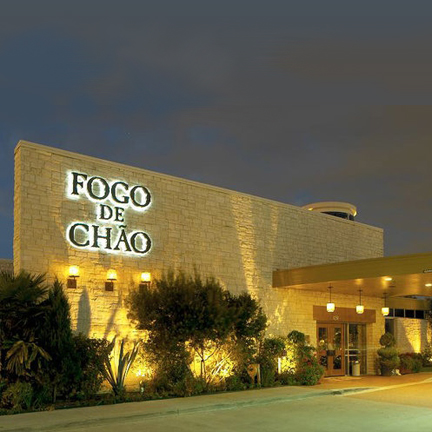Appraisal Standards

“The existence of a residual intangible personal property component in certain properties has been widely recognized for years”.
Appraisal of Real Estate, 12th Edition.
According to the Appraisal of Real Estate 14th Edition: “For some property types the real property rarely sells independently of personal property and intangible property. In those cases, establishing a reasonable allocation of the value opinion among the realty and non-realty components can be challenging.” Restaurants are one of those property types and frequently includes liquor licenses, personal property and intangible business assets.
“Business valuation and personal property valuation are distinct segments of the valuation profession, and those disciplines require substantial specialized education and experience that most real estate appraisers do not have.” “Even when an appraisal assignment involves valuing only real property, any allocation is an appraisal according to professional standards.” “In making an allocation, an appraiser must adhere to applicable professional standards. “Without additional specialized education, real estate appraisers are not generally competent to provide an opinion of the value of a business itself”.
“It is generally improper to value the real property, personal property, and intangible property separately from the going concern and simply sum up those individual values…” Simply stated, the sum of the values in exchange of the parts may not be equal to the value of the whole.
USPAP - Guide Note 5, effective May 6, 2011, recognized the unique challenges associated with special purpose properties like restaurants, and required the use of “accepted appraisal methods”.
Standards Rule 1-1: “In developing a real property appraisal, an appraiser must be aware of, understand, and correctly employ those recognized methods and techniques that are necessary to produce a credible appraisal.” For restaurant valuation, the “recognized methods and techniques” frequently includes the Excess Earnings Method or some variant coupled with some of the more traditional valuation techniques.
Standards Rule 1-4(h):“When personal property, trade fixtures, or intangible items are included in the appraisal, the appraiser must analyze the effect on value of such non-real property items.” The affect on value requires valuation knowledge of them.
Interagency Appraisal Guidelines - Effective December 10, 2010: It is often necessary to develop the going concern value or value-in-use, but the appraiser must have the training and knowledge to accurately allocate separate values to the individual components of the transaction.